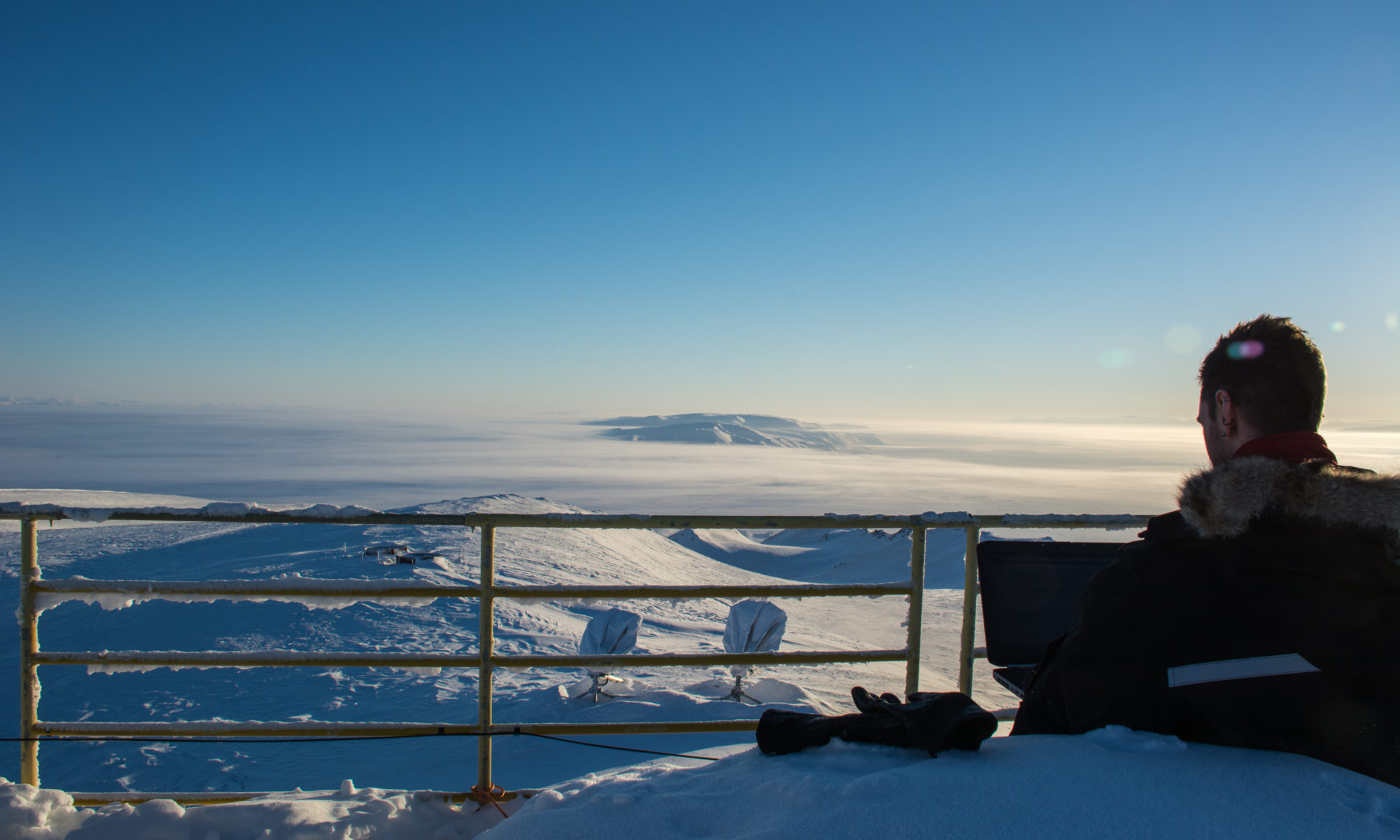Post flight analysis
Once the equipment was back in Canada, analysis of the instruments revealed what had caused the balloon to set out on its international voyage.
The explosive cable cutters that were intended to sever the balloon from the gondola payload, which would fall to the ground with the aid of a parachute, did indeed fire. However, this explosive process caused a severe indentation on one of the metal blocks along the path. This caused a misalignment that resulted in the cable jamming, preventing separation. Later flights used a harder grade of aluminium to avoid this type of failure, as well as lubrication.
The balloon’s flap, which was designed to release Helium gas and lower the balloon, was also found to have worked correctly. However, ripcord plastic attached to the inside of the balloon had come loose and covered the valve opening. This prevented the release of the Helium as expected.
Future
After the 1998 adventure, MANTRA balloon flights continued. The team conducted three more MANTRA flights, in 2000, 2002, and 2004. They were all successful in acquiring the targeted atmospheric measurements, but without any unintended international journeys.
Stratospheric balloons continue to be a useful platform for atmospheric science (and astronomy). Indeed, a decade ago the Canadian Space Agency created a launch facility in Timmins, Ontario to support regular stratospheric balloon flights.
You can read more about their STRATOS program here: https://www.asc-csa.gc.ca/eng/sciences/balloons/stratos.asp

References / Articles
MANTRA website: https://www.atmosp.physics.utoronto.ca/MANTRA/mantra1998.html
Strong et al., 2005: https://www.tandfonline.com/doi/pdf/10.3137/ao.430401
Canadian Geographic “The Balloon That Wouldn’t Fall to Earth” by Brian Preston. Vol. 119, Issue 5, July-August 1999.
